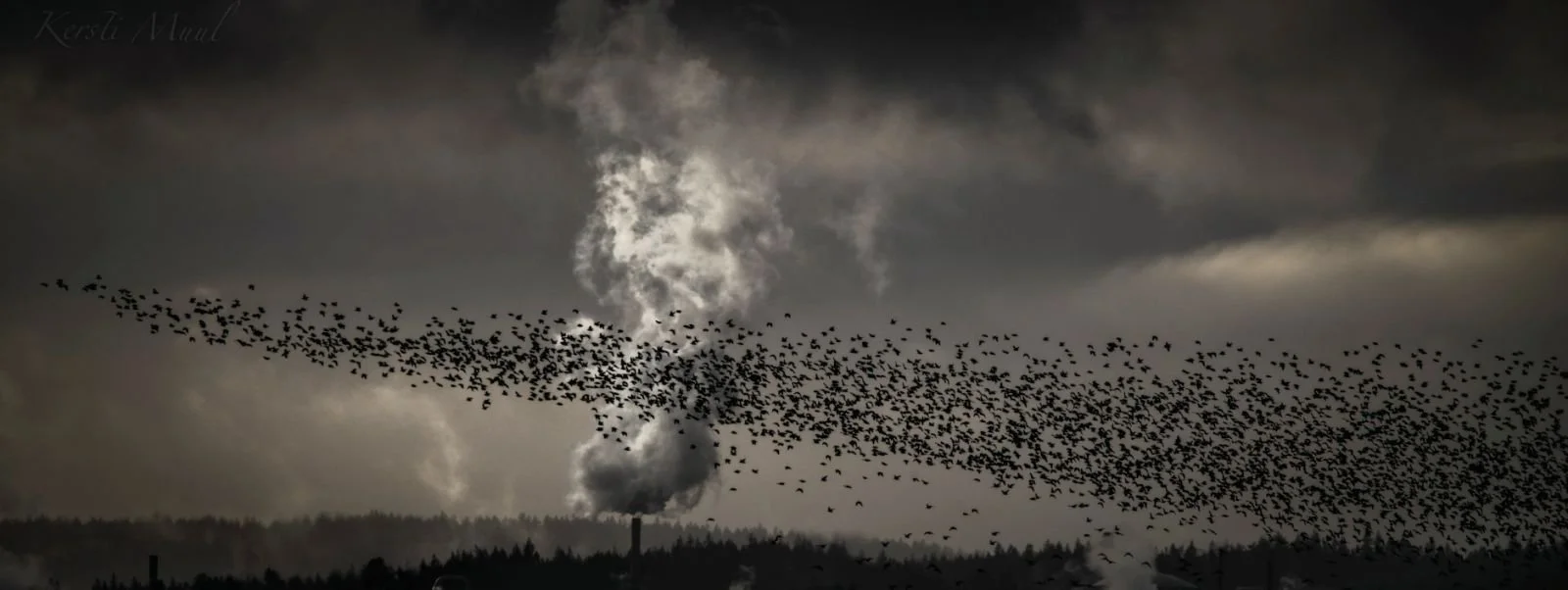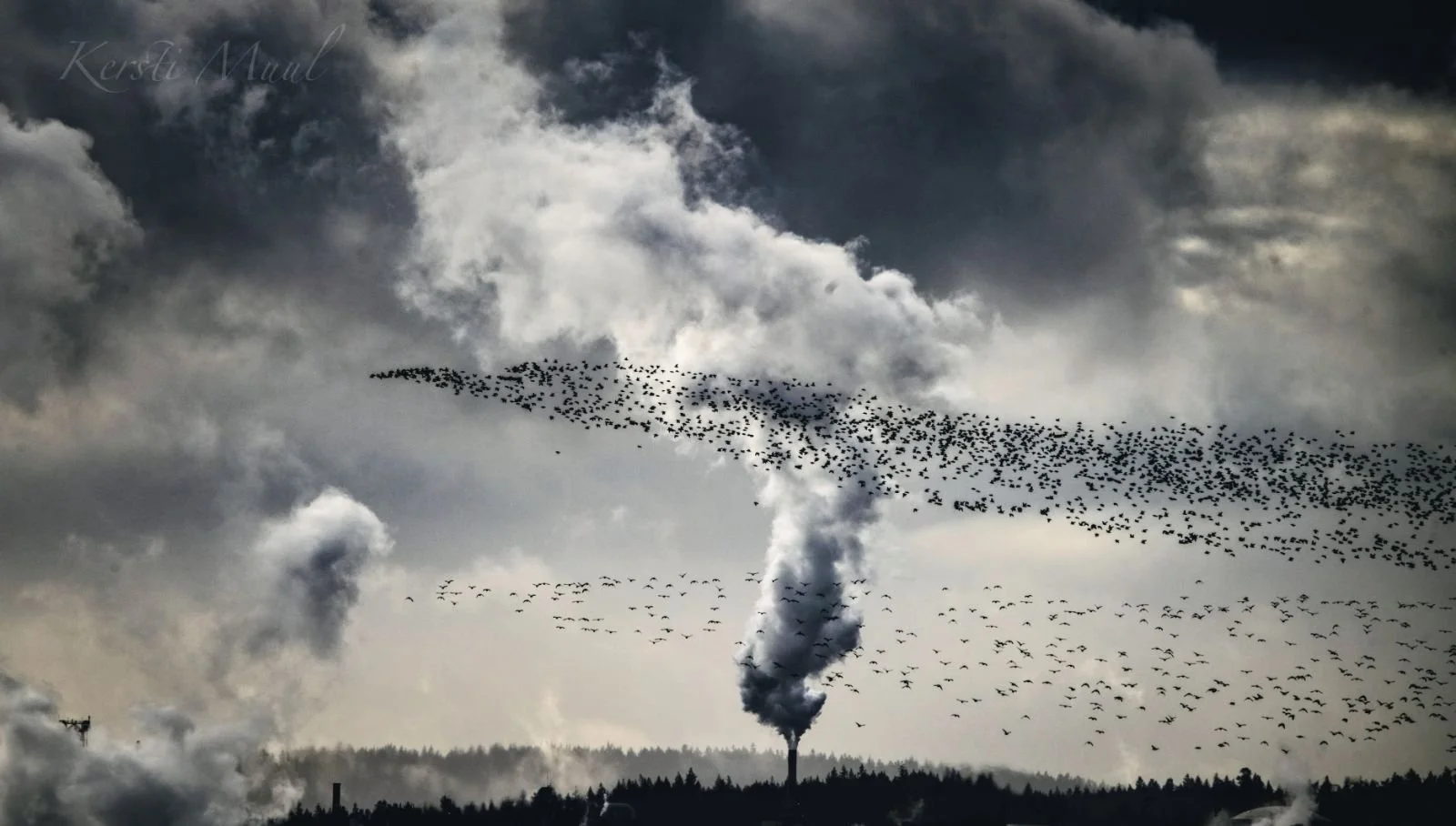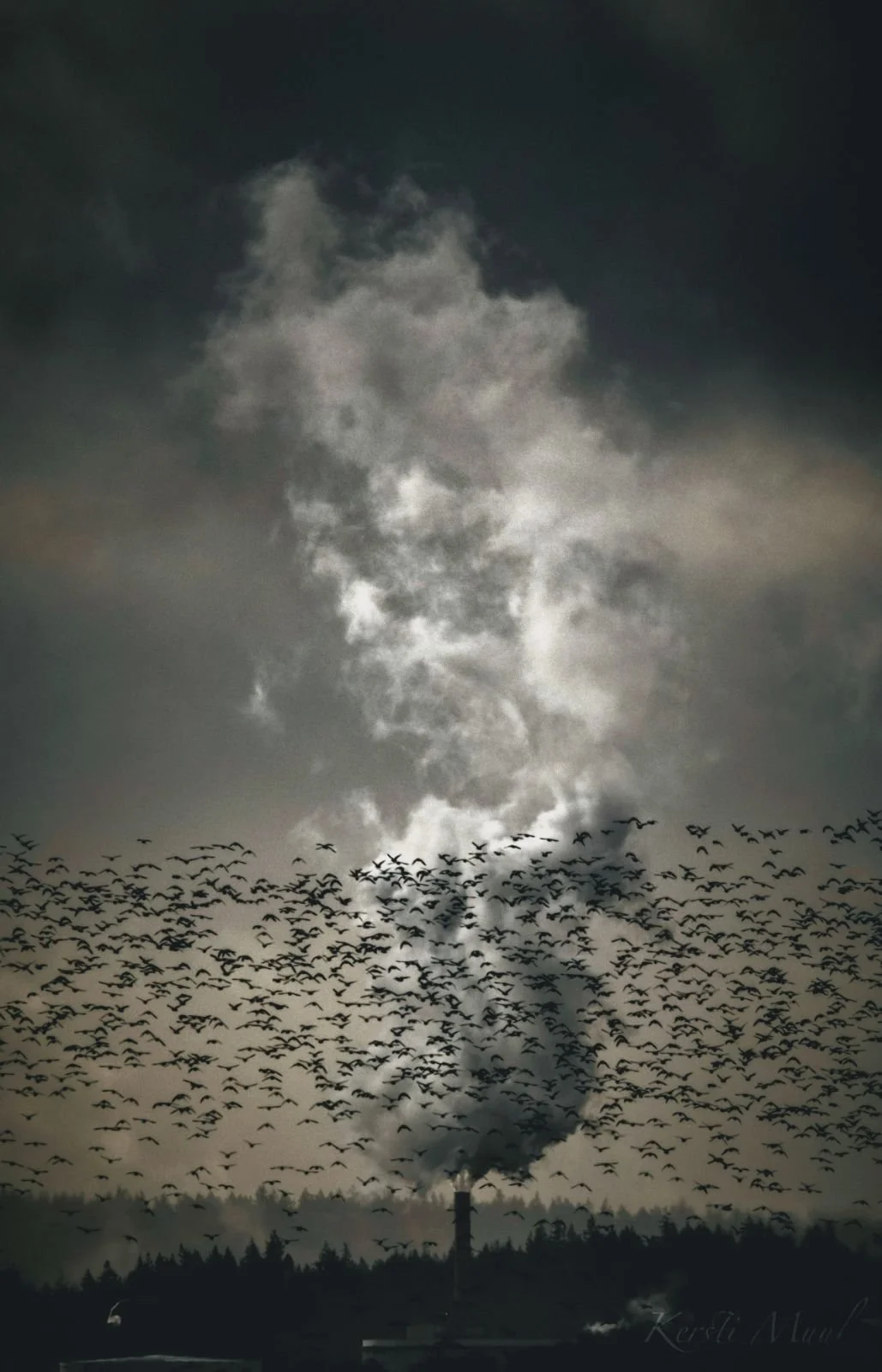Bird Wise Observations: A Photographer
What does Be Bird Wise mean in practice among the various human observers of the wild birds populating our Skagit Valley landscape every fall and winter? Who are the observers of the birds and what are the different ways these observers comport themselves in the landscape in that avian observation?
We’re talking to various user groups to share their distinct experience and best practices from birders to hunters to farmers to tribal members. We’re starting the series with Seattle-based wildlife photographer Kersti Muul.
Muul is a wildlife biologist and first responder, writer and active social media presence, where she shares her research and local wildlife news relating to climate change, avian influenza, the impacts of rodenticide on wildlife, urban tree conservation, and breaking news of where to see the Southern Resident orca and other whale ecotype populations from land in the southern waters of Puget Sound. She is a lifelong visitor to Skagit Valley, coming here to photograph the migratory birds in winter.
She shares her experience of observing the wild birds that visit Skagit, in her own words:
I’m an ethical wildlife photographer and my ethics stem in part from being a wildlife biologist. The purpose of my photography is to get non-photographers to see the beauty and diversity around us. Photography is a vehicle for helping others see what I am seeing and the way I am seeing it. I'm trying to tell a story from the bird's perspective. Their troubles, successes, whatever is going on with the bird that hits people in the heart.
I come up to Skagit every season for day trips from Seattle with my partner. We pack for all different weather potential and both bring our cameras. We inspire each other with our friendly photography competition.
We do a loop, starting in the Bow Edison area. We pass by the Eagle tree on the way to East 90. Our main reason for coming up are the short eared owls.
I’ve been coming to Skagit since I was a kid when my dad worked on the dam for City Light in the 1980s. My father instilled a strong environmental ethic in me from a very young age. More recently–say, the last decade–it’s been the birds that have brought me to the county. I have noticed an increase in people in the fields, the traffic is more congested, and there’s more (tense) interaction between locals and visitors.
I have equipment that allows me to keep a distance from my subject. I use a Nikon Z9 mirrorless camera and my lens has a reach of 600 millimeters. Keeping distance and minimizing disturbance is the ethical best practice for wildlife photography.
I can start to predict when I am going to get that good shot. Know when the bird you want to photograph is most active. The short eared owls that I like to photograph are out at 3 to 4 pm. The light isn’t optimal at that time in the winter so you have to plan for it. I minimize my time (at a site), I know bird behavior. Here’s a silly example of bird behavior for you; if you wait for a raptor to poop, I guarantee you they will take flight soon after!
I’m an artist, so I believe there are lots of ways to take a photo. There are multiple things going on in a photo: the birds, the landscape, the mountains, the industry. I’ve gotten shots of backlit shorebirds against the refinery on March Point, Fidalgo Island. The shot tells the story of industry and wildlife (migratory) stopover. The story I want to tell will dictate where I point my camera.
I enjoy the interaction with other ethical photographers. It’s fun to see other users excited to be doing this and doing it the right way. They come up to me and share intel where to see a bird. It’s like there’s a tour guide on every corner.
It’s gratifying when you have a shot that’s the result of patience, solitude, timing and skill versus something that’s more disruptive to the wildlife.
The more time I spend in a place, the more I want to be aware of what I bring to it. I’m in someone else’s space. I think about my impact on the local business, the residents, and wildlife.
I’ve had locals identify me for my user identity. I might drive slower than those who live here, I might be standing on the side of the road looking at the landscape stuff and locals just want to get by in their car. I’m vulnerable and following the rules, and it’s frightening if people are expressing their feelings by driving past you in a way that shows tension.
If I can get permission from the land owner, I will, and I never trespass. I pay attention to posted signage and to where I stand in relation to the signage and to the wildlife. I also have no problem pointing out the laws to other people I see not following them.
I frame it as an ecosystem issue and tell them they’re standing on farmland or a floodplain, for example. The land below their feet may be fallow or it may not be; it’s nutrient rich, there are rodents here, the owls or harriers that we’re all here to see are reliant on those rodents for food; if (the other observers) are here to see those birds and their behavior disrupts those birds, those birds will leave.
I avoid situations where there are lines of photographers. If there are a ton of other photographers at a site, I will not add to that stress, and turn around and go somewhere else, or go home.
Despite all this, I still feel as a visitor I am helping the economy in Skagit, both in real time (eating at local restaurants for instance) and afterwards by sharing the images I produce to inspire others to visit.
Kersti Muul can be found on Instagram and Facebook.
As told to Bryony Angell. This interview has been lightly edited for length and clarity.





